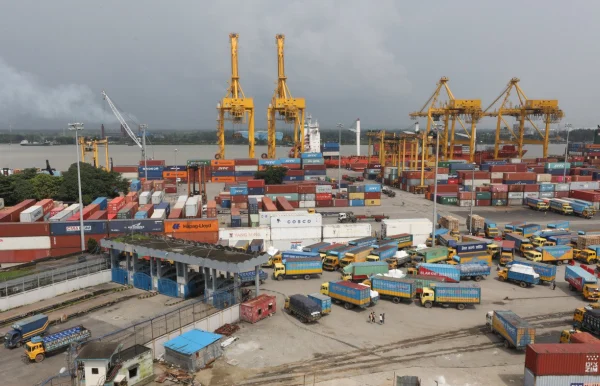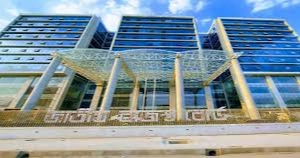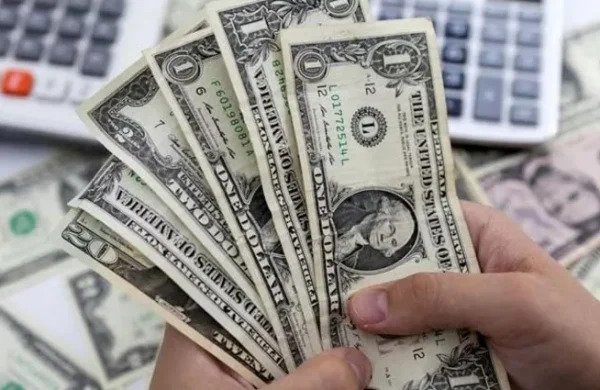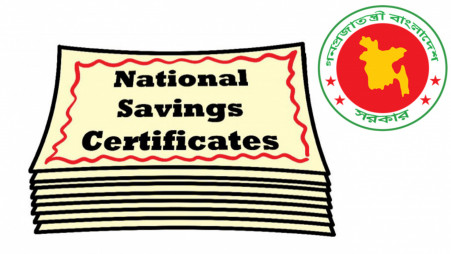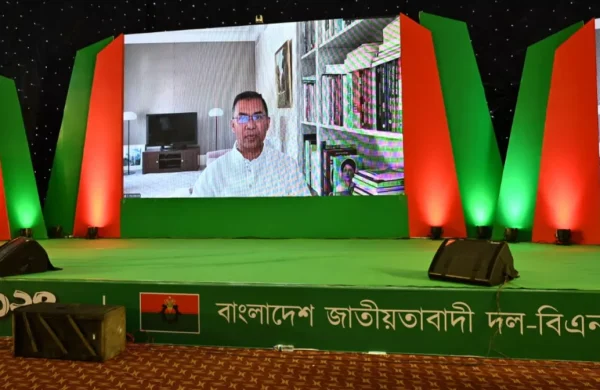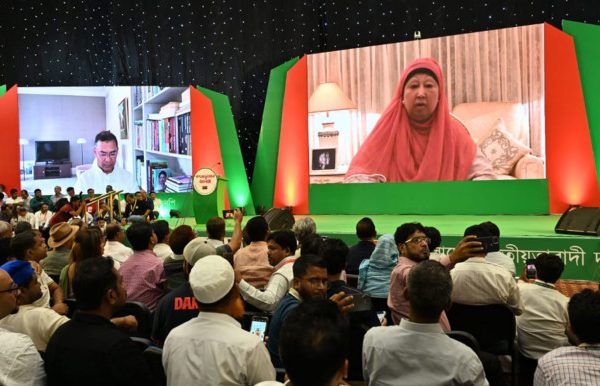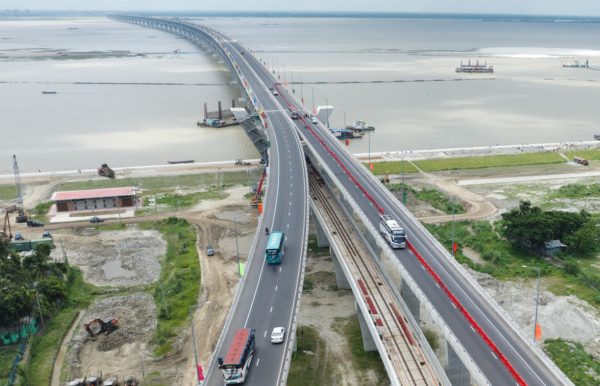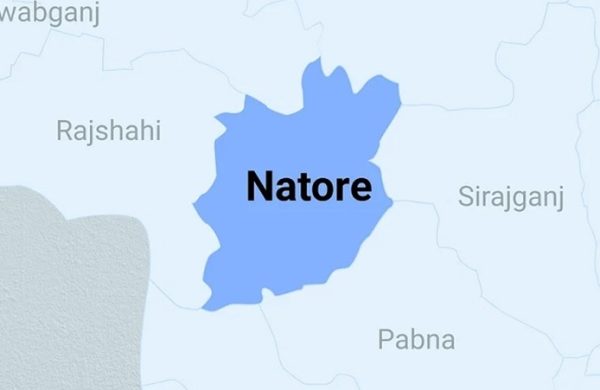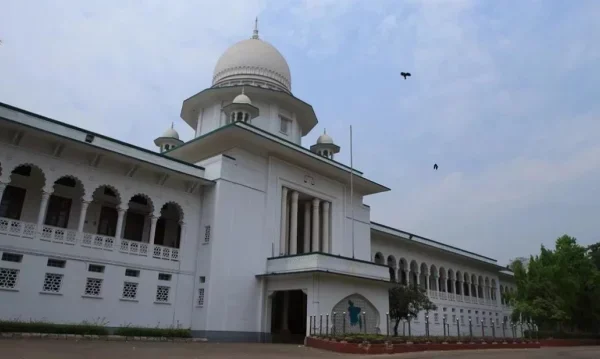ADB sets record with $1.42 b net income allocation from ordinary capital resources in 2023
- Update Time : Monday, May 6, 2024
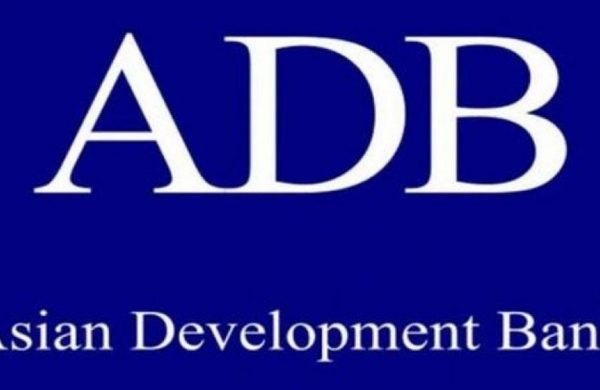
UNB:
The Board of Governors of the Asian Development Bank (ADB) on Sunday approved the bank’s 2023 financial statements and a $1.42 billion net income allocation from its ordinary capital resources, the highest in ADB’s history.
The 2023 net income will be allocated as follows:
$1.005 billion to ADB’s ordinary reserve to support the bank’s capital growth and provide an earnings base to generate income;
$292.5 million to the Asian Development Fund, which provides grants to ADB’s poorest and most vulnerable developing member countries.
$110 million to the Technical Assistance Special Fund, which provides technical assistance grants to borrowing members to help prepare projects and undertake technical or policy studies; $15 million to the Asian Pacific Disaster Response Fund, which provides immediate post-disaster grants to developing member countries for restoring lifesaving services.
Allocable net income is defined as net income after appropriation of guarantee fees to the special reserve and certain adjustments reported in the cumulative revaluation adjustments account.
On May 3, donors and the Asian Development Bank (ADB) agreed to a replenishment of $5 billion for ADB’s Asian Development Fund (ADF) 14 and Technical Assistance Special Fund (TASF) 8. The commitment was made during ADB’s 57th Annual Meeting.
The ADF is ADB’s largest source of grants for operations in its poorest and most vulnerable developing member countries and is replenished every 4 years.
ADF 14, marking the 13th replenishment since the fund’s establishment, will support grant operations during 2025ÂÂÂ-2028.
The ADF 14 replenishment is about 22% higher than the $4.1 billion available in ADF 13, and will provide eligible ADB members with the largest-ever volume of ADF grants.
AI offers tremendous potential to drive growth, developing countries will miss out if they’re unable to adapt: ADB President
TASF 8 will provide grants that help prepare projects, build capacity, and provide technical or policy advice.
ADB is committed to achieving a prosperous, inclusive, resilient, and sustainable Asia and the Pacific, while sustaining its efforts to eradicate extreme poverty.
Established in 1966, it is owned by 68 members-49 from the region.


